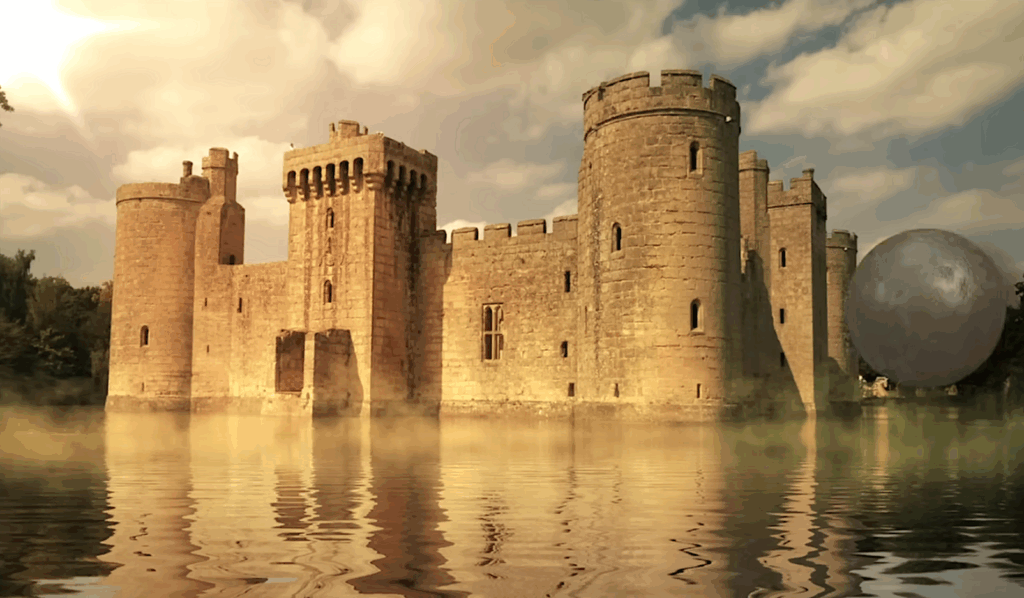
"Civilization moved past the use of castles long ago, but their imagery endures in popular culture. Even young children here in the twenty-twenties have an idea of what castles look like. But why do they look like that? Admittedly, that's a bit of a trick question: the popular concept of castles tends to be inspired by medieval examples, but in historical fact, the design of castles changed substantially over time, albeit slowly at first."
"But it actually refers to a style of castle constructed in Europe between the tenth and the thirteenth centuries, consisting of a fortified hilltop keep, or "motte," with a less defensible walled courtyard, or "bailey," below. In case of an attack, the battle could primarily take place down in the bailey, with retreats to the motte occurring when strategically necessary."
Popular images of castles derive largely from medieval examples, and even young children recognize that iconic form. Motte-and-bailey castles, common in Europe from the tenth to thirteenth centuries, combined a fortified hilltop keep (motte) with a less defensible walled courtyard (bailey). Battles often occurred in the bailey with retreats to the motte when necessary. The introduction of cannon artillery undermined high-walled designs and drove gradual changes in fortification architecture. Star forts emerged as a deliberate structural response to artillery, reshaping defensive geometry and construction techniques to withstand and exploit the new technology.
Read at Open Culture
Unable to calculate read time
Collection
[
|
...
]